Except for the linking verb list, the other categories break down into different types. The next list of verbs can be physical or mental. The list of helping verbs can be auxiliary or modal. The list of irregular verbs shows verbs in different tenses.
In these constructions, the "to be" verb will follow the standard rules for subject verb agreement. The examples below have sentences using "to be" verbs in different tenses. This list contains all the irregular verbs of the English language. Each entry includes the base or bare infinitive first, followed by the simple past form and the past participle form.
Taking some time to make sentences using each irregular verb form will help you to use these verbs correctly when speaking and writing. Simply reading through this list will help you to recognize an irregular verb when you see one. The being/linking words in the sentences above are included in the being verbs list below. You can use words in the linking verbs list to connect the subject with other words in a sentence.
When giving imperatives or commands, "to be" verbs stay in the base form of be and typically stay at the beginning of the sentence. In these sentences, the subject is implied so it doesn't have to be written, that is why you only see the "to be" verb followed by the complement. For each verb listed, the citation form is given first, with a link to the relevant Wiktionary entry.
This is followed by the simple past tense , and then the past participle. If there are irregular present tense forms , these are given in parentheses after the infinitive. The weakest of the weak verbs are "to be" verbs (also called simply "be verbs"). And there are times when they're the best words to use. "To be" verbs change almost more than any other verb.
Let's learn how to use "to be" verbs correctly. Refer back to this lesson when you have questions about how to use them in the future. Verbs are one of the eight main parts of speech, and we can't form sentences without them. A verb explains the action of a sentence, but that's just one part of what verbs do. Use this guide to familiarize yourself with the types of verbs and what they do, and peruse this list of nearly 300 common verbs. There are over 1000 possible verbs you can use in the English language, and I'm sure you'll recall using some verbs on these lists more than others.
This verbs list includes example sentences to help you expand your vocabulary and gain a better understanding of verb words and what they do. Both modals and auxiliaries can be found on a list of helping verbs. Modals are usually followed by the infinitive of another verb. Just like the list of linking verbs, the list of modals within the list of helping verbs is also small and therefore easy to remember. A verbs list with modal verbs is given below.
Do you want to learn some common verbs used in the English language? This list has the 20most common verbs, along with examples of them used properly. It includes auxiliary verbs, irregular verbs, and regular verbs for those learning English to study. The next verbs list you'll look at is the list of action verbs that are irregular, thus they are part of the irregular verbs list. Well, verbs that do not follow the normal rules for conjugation fall into the irregular verbs list.
The words in the linking verbs list are words that connect the subject of a sentence to specific information about the subject. In other words, linking verbs connect the subject to a predicate noun or a predicate adjective. Some action verbs are better than others. This list only contains verb forms which are listed in the major dictionaries as being standard usage in modern English. There are also many thousands of archaic, non-standard and dialect variants.
Modern English still has remnants of formerly irregular verbs in other parts of speech. Linking verbs do not describe an action, but tell about the state or condition of subjects. They link the subject with either a noun that renames it or an adjective that describes it. For example, the word "am" in the sentence "I am tall" describes the subject. There are some action verbs that function as linking verbs, such as grow. In the sentence "He grows tired," the verb describes the subject rather than an action, so it works as a linking verb.
The linking "to be" verb describes the condition of the subject. Below are a few sentence structures using the linking "to be" verbs. The correct "to be" verb to use depends on your subject and tense. This chart shows you proper subject verb agreement with "to be" verbs. A verb is one of the most important parts of a sentence, and indicates an action, or a state of being.
The boldfaced words in the previous sentence are verbs. More often than not, it is impossible for a sentence to be constructed without a verb. As you can see from this list, there are a ton of verbs you can use to form sentences and to strengthen your speech and writing. Make sure you consider what type of verb you're using, even when you don't think you have to pay attention to it. Verbs are all around us, and especially after reading this list, you'll start seeing them everywhere.
The list is separated into action, helping, and linking verbs. You may notice that some words like am, appear, was etc. can act as multiple types of verbs. When you see verbs that are on multiple lists, refer to the descriptions of the types of verbs above, and notice how the words differ in meaning in the examples.
Linking verbs don't function in the same way as typical verbs in showing action, so it can sometimes be tricky to recognize them. The words in the list of irregular verbs below are shown with their past simple and past participle versions. You could say, that it is also an irregular past tense verbs list. It would be difficult to have a conversation about yourself without using any of the words on this linking verbs list.
Feel free to print and save this linking verb list for reference. You could also look for another linking verb list and examples to study. The previous section contained examples of what most beginners need to learn for using "to be" verbs correctly. In this section, we'll be covering many other ways to use them. You must be careful when using adverbs with linking verbs. Linking verbs do not refer to actions, so using an adverb may change the meaning of your sentence.
For example, the sentences The boy looked weak to me and The boy looked weakly to me have two different meanings. The three verbals— gerunds, infinitives, and participles—are formed from verbs, but are never used alone as action words in sentences. Instead, verbals function as nouns, adjectives, or adverbs.
The preterite and past participle forms of irregular verbs follow certain patterns. These include ending in -t (e.g. build, bend, send), stem changes , or adding the suffix to the past participle form (e.g. drive, show, rise). English irregular verbs are now a closed group, which means that newly formed verbs are always regular and do not adopt any of the irregular patterns. These are considered "true" linking verbs.
They do not describe the action, but always connect the subject to additional information. The most common true linking verbs are forms of "to be," "to become" and "to seem." Because linking verbs are stative verbs, we are less likely to use them in continuous verb tenses. For example, you are more likely to hear the sentence The game looks like a lot of fun than The game is looking like a lot of fun. The following sentences all use linking verbs.
In order to tell if a verb is being used as a linking verb, look if the sentence has a subject complement. Remember, linking verbs are used to link information so there must be a subject complement that is describing or identifying a subject. The subject complement can take a variety of different forms.
Let's look at some sentences that use linking verbs to show what subject complements can look like. Verbs do a lot of work in the English language. Some are busy action verbs; others are modest helping or linking verbs. No matter what kind they are, verbs keep the English language movin' and shakin'. The point is that good writing is more about well-chosen nouns and strong verbs than it is about adjectives and adverbs, regardless what you were told as a kid. If you want to learn how to create complex sentences, then it's important to study a helping verbs list.
These words could also be included on a list of action verbs describing physical motion. When you don't use these words in the literal sense, they become mental action words. In other words, these words could be found on both a physical and mental action verbs list. These are examples of how you will see "to be" verbs most often. Verbs that are followed by other verbs can take either the gerund or the infinitive.
A gerund is a verb ending in "ing" that functions as a noun. The following lists of verbs followed by other verbs will help you practice using gerunds and infinitives within simple sentences. Note how the gerund and infinitive verbs are used within the sample sentences.
We asked recruiters and hiring managers which action verbs impact them most when reading resumes. We boiled down their advice to 6 expert tips and 100 power verbs. Bradbury's choice of strong verbs (like "gnaw" and "douse") adds zest and power.
He uses few adjectives and adverbs to keep his writing fast-paced. These verb examples lists contain just some of the most commonly used verbs in the English language. There are so many more verbs you can use, and you can utilize a Thesaurus to find words with similar meanings. All of the examples on this verbs list are given in present tense, but the examples may be in past or present tense. Helping verbs are used before action or linking verbs to convey additional information. The main verb with an accompanying helping verb is called a verb phrase.
The right-hand column notes whether the verb is weak or strong and whether it belongs to a subclass, and links to descriptions elsewhere. The English language is full of interesting words, and verbs are the part of a sentence that shows the action or state of being. It's so important for students to start mastering proper verb usage early in their language arts education. Whether you are teaching upper elementary, middle school or ESL students, you'll need to cover this topic as part of your verb lesson plans. Help students learn how to distinguish this verb type by incorporating these examples of linking verbs into your lesson plans. Since some linking verbs can function as either action verbs or linking verbs, how do you make the distinction?
A quick and easy test is to replace the verb in the sentence that you suspect is a linking verb with a true linking verb. If the sentence still makes sense, it is a linking verb. If it isn't logical with the substitution, it's an action verb. When you replace weak verbs and adverbs with a single stronger verb, you get rid of the excess writing that can make reading harder.
Linking verbs never refer to actions, which means they are never action verbs. All linking verbs are also stative verbs, however not all stative verbs are linking verbs. Verbs are relatively easy to understand, but the key to using them successfully in sentences is being aware of the tense. The best way to combat this is by reading the sentence aloud. It's incredibly easy to pick up issues with tenses when you hear it rather than read it. One of the most important parts of a sentence when using the English language-or any language for that matter, is the verb.
These words are used to tell the listener or reader what action is being performed by the subject of the sentence. There are a lot of verbs to learn and they fall into further subcategories. Are you looking for a comprehensive list of verbs in the English language? Here you will find 1000+ common verbs list with example sentences and ESL printable worksheets .
These verbs shift tenses according to its own set of rules, and thus belong on our list of irregular verbs. The next verbs list is a list of linking verbs. Even if you don't know what they are yet, these words are very important! Pay close attention to the list of linking verbs below. You never know when a list of linking verbs might come in handy. We must choose carefully among these various forms when selecting the proper verb to go with our subject.
Singular subjects require singular verbs; plural subjects require plural verbs. We wouldn't write "The troops was moving to the border." But some sentences require closer attention. With strong action verbs, you can almost physically feel their impact.

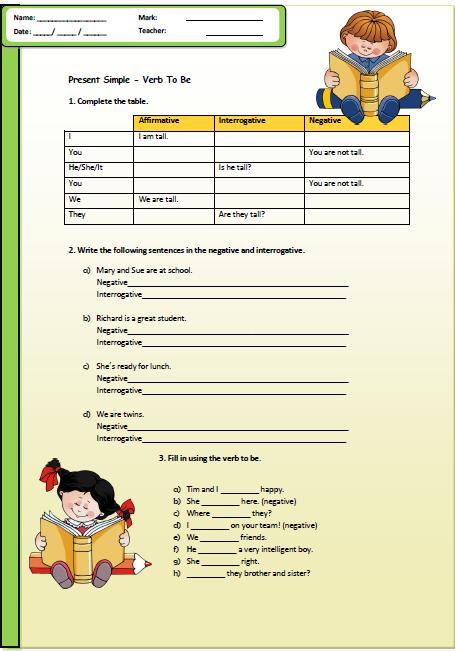


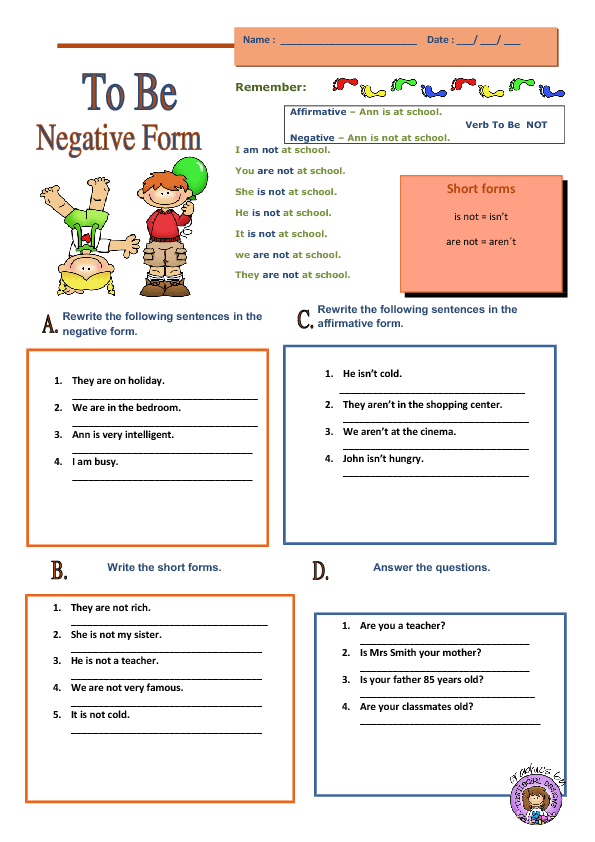




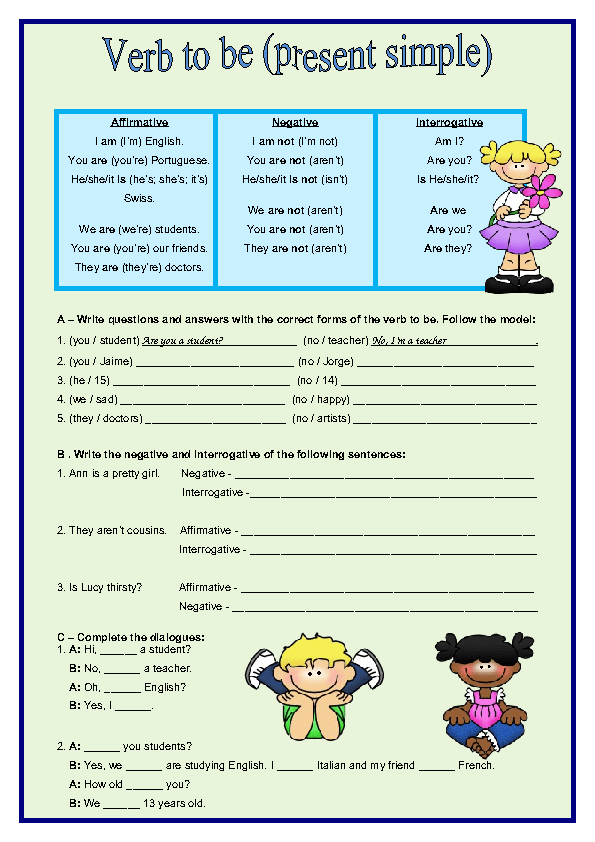





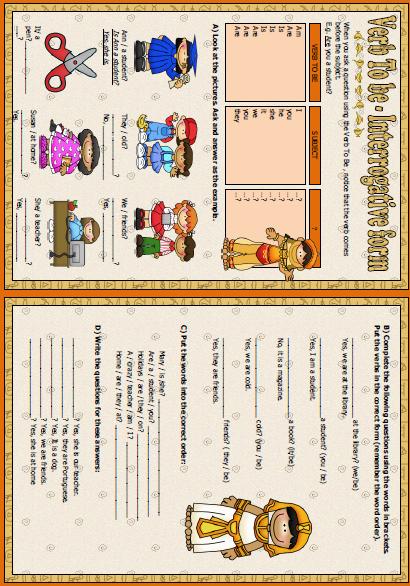






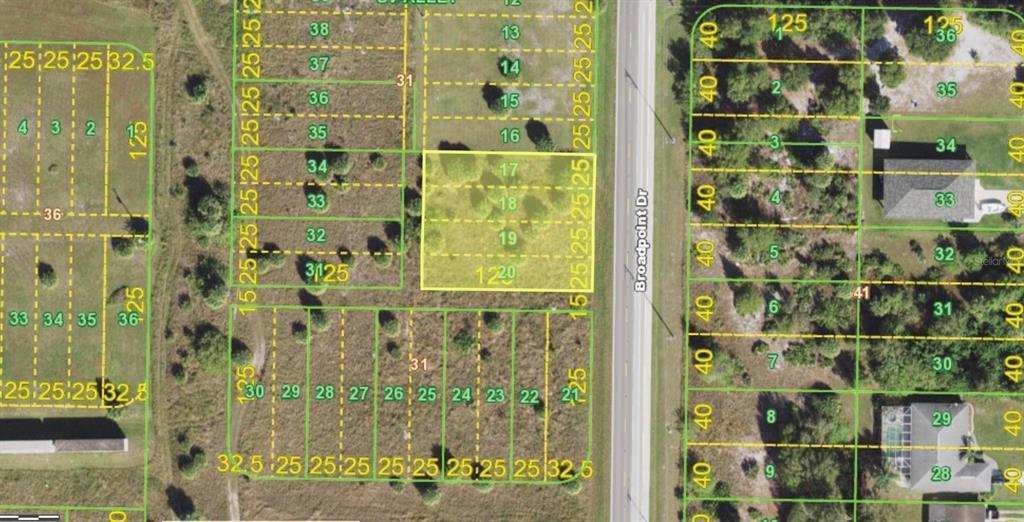


No comments:
Post a Comment
Note: Only a member of this blog may post a comment.